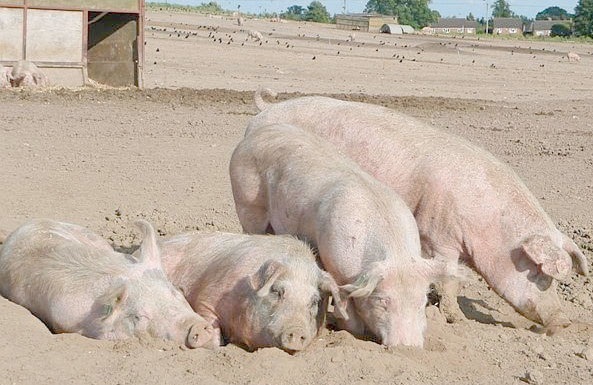
European member states have voted for new legislation to modernise the inspection system in pig slaughterhouses.
The new legislation aims to improve food safety by increasing the focus on microbiological hazards, which are the main food safety risk from meat, and introduce a more proportionate risk-based approach to hygiene and welfare inspections, known as official controls.
- strengthened salmonella controls in pig slaughterhouses
- reduced trichinella testing where other controls are in place
- reduced carcass handling to minimise cross-contamination
Liz Redmond, Veterinary Director at the FSA, said: "We welcome these changes to the current system. We think they will be better for consumers and meat businesses.
"With a greater focus on tackling the more harmful pathogens found on pork, consumers should have even more confidence in the safety of what they are buying. For food businesses this is a very positive step towards more risk-based and proportionate regulation in the future.'
The new legislation is part of a wider review of official controls being carried out across Europe to address some of the historic anomalies within the current regime.
The current system of meat hygiene controls, particularly post-mortem inspection of meat, was developed more than 100 years ago.
Focus then was on visible parasites, rather than the pathogens not seen by the naked eye that present the greater risk today.
The new legislation agreed this week is expected to come into force in June 2014. The FSA will now work with the meat industry to implement the new requirements.
New legislative proposals on poultry, sheep and cattle meat inspection are also planned and are likely to be published within the next year.
